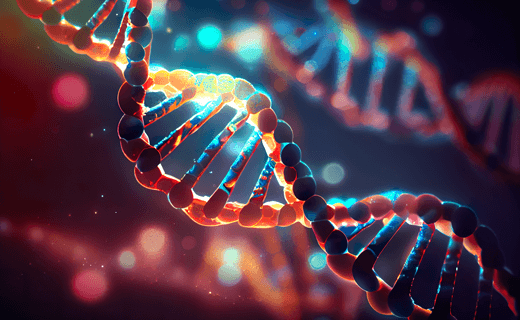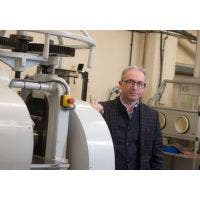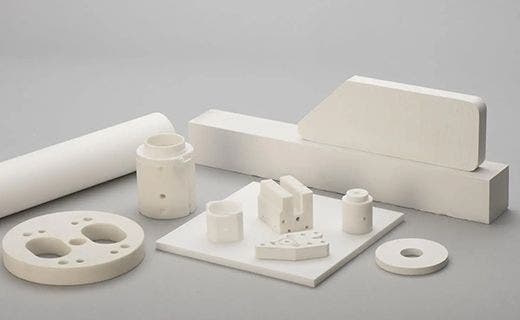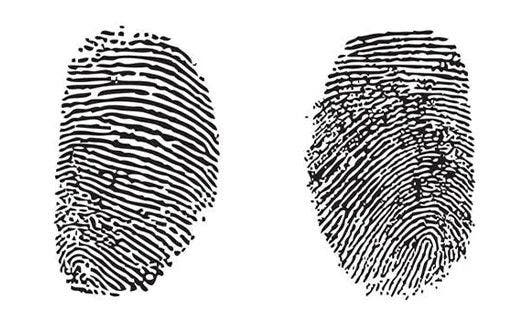The Chemical Material Structure of DNA
Deoxyribonucleic acid (DNA) is regarded as the building block of any organism and the blueprint for life. It is the molecular template containing the necessary information required to synthesize important biological molecules and beings. DNA is contained inside cells and holds details related to life, growth, and reproduction. DNA is an information storage, replication, and transmission molecule.
The Structure and Function of DNA
DNA is a macromolecule, the most important structural molecule that contributes to the genetic inheritance of life. It has a double helix structure that allows it to perform its function. The chemical structure resembles a twisting ladder of complementary strands, where each rung is composed of four distinct nucleotides. The four nucleotides are adenine (A), thymine (T), cytosine (C), and guanine (G). These nucleotides are connected by a backbone composed of alternating phosphate and deoxyribose sugar strings that form a single, thin strand. Each of these nucleotides is in a specific sequence along the DNA strand, and this sequence forms the genetic information that dictates the formation of proteins and other essential components of life. How the base pairs of the DNA molecules align to serve as the guide for forming the proteins that are the building blocks of the tissues, organs, biological systems, and life.
All the information in the nucleotide base sequence codes for the amino acid sequence of proteins; governing the proteins' three-dimensional structure and function. This relationship between DNA and proteins is known as the genetic code. In the genetic code, three nucleotides unite to form a unit known as the codon, which signifies a specific amino acid or a signal as to when to start translating or when to stop. The genetic code has the ability to store information and encode the information to make proteins to pass on genes and exhibit genetic characteristics.
In the DNA molecule, segments of nucleotide base pairs constitute genes, which are functional units of inherited material. All genes code for the synthesis of a particular protein that serves a specific role in the cell or the whole organism. Proteins are also involved in various processes of tissue and organ formation and maintenance.
Different Cells in the Body
The human body comprises more than 200 distinct varieties of cells, and each type of cell has a distinct role in the functioning of the human body. Some of these cells are red blood cells that help deliver oxygen throughout the body, white blood cells that help fight diseases, bone cells that make up the skeleton, and muscle cells that help in locomotion and voluntary movements within the body. However, all the cells have the same hereditary DNA material, irrespective of their function in the body.
How Do Cells Know What to Do?
DNA provides cells with a plan, or blueprint, for cell growth, development, and function. In the same way as a program running on a computer, DNA contains the instructions that tell the cells what to do and when to do it. The cell can then be viewed as the machine that decodes and executes these instructions. This system of instruction and follow-through makes it possible to have so much complexity and variety, starting from single-celled organisms and ending with complex organisms.
Interesting Facts About DNA
DNA is a remarkable molecule, and its discovery has revolutionized our understanding of life. Some fascinating facts about DNA include:
1. Despite our differences, about 99.9% of the DNA in all humans is identical. The remaining 0.1% makes each person unique.
2. James Watson and Francis Crick first described the double helix structure of DNA in 1953, a discovery that laid the foundation for modern genetics.
3. If all the DNA molecules in a single human cell were unwound and stretched out end-to-end, they would reach a length of about 2 meters. Considering that the human body contains trillions of cells, one person's total length of DNA would reach from the Earth to the Sun and back many times over.
4. Within the cell, DNA is tightly packaged into structures called chromosomes, which help to organize and protect the genetic material.
5. Swiss physician Friedrich Miescher first isolated DNA in 1869, although its role as the carrier of genetic information was not understood until much later.
Additional Reading and Actives for Learning About DNA
All About the Human Body










